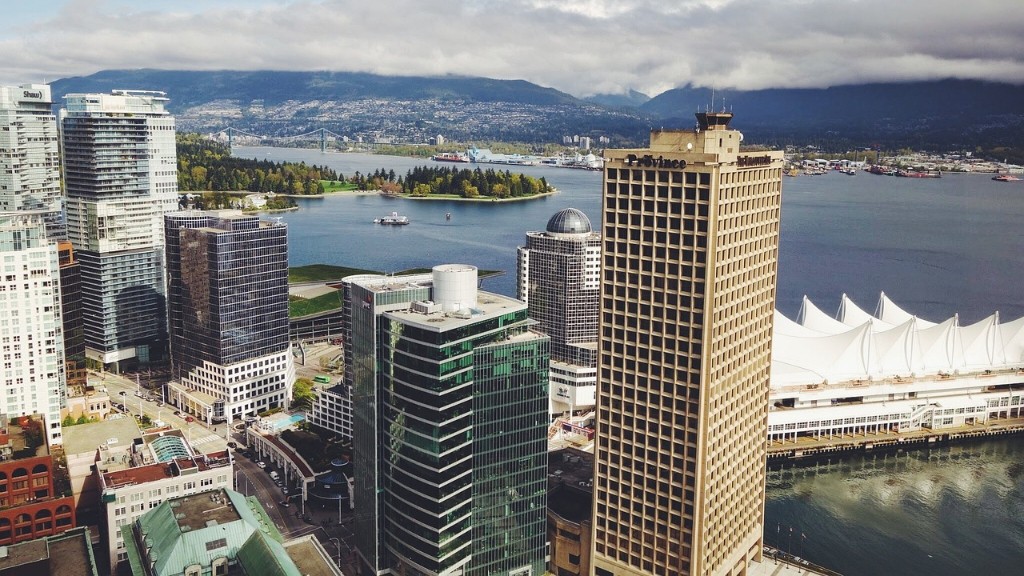When Did Toronto Become Canada’s Biggest City?
When discussing the growth and development of Canadian cities, Toronto undoubtedly stands out as the largest and most populous. But when exactly did Toronto earn this distinction? Let’s delve into the historical background, relevant data, and perspectives from experts to unravel the story behind Toronto’s rise.
Historical Background
Toronto’s journey towards becoming Canada’s largest city began in the late 19th century. At that time, Toronto was overshadowed by the booming industrial centers of Montreal and Quebec City. However, a series of events transformed the city’s trajectory.
One of the major turning points came in 1867 when Canada officially became a confederation. This led to an increased focus on centralizing power and development in Toronto, as it was designated as the capital of the province of Ontario.
Relevant Data
Fast forward to the present day, and the statistics speak for themselves. According to the latest census data, Toronto’s population is estimated to be over 2.9 million, making it the most populous city in Canada. Furthermore, the Greater Toronto Area (GTA) boasts a population of more than 6 million people, attracting a diverse range of residents.
Perspectives from Experts
Experts attribute Toronto’s growth to a multitude of factors. One key aspect is its thriving economy, which has attracted businesses and individuals from around the world. The city is known for its strong financial sector, diverse industries, and robust job market, creating opportunities for both domestic and international residents.
According to urban planner and author Richard Florida, Toronto has also been successful in leveraging its cultural diversity as a strength. He argues that the city’s inclusive and cosmopolitan nature has made it an attractive destination for people seeking a vibrant and multicultural environment.
Insights and Analysis
While Toronto’s population growth is undoubtedly impressive, it also poses challenges for the city. Rapid urbanization has put pressure on infrastructure, housing availability, and transportation systems. Moreover, issues such as income inequality and gentrification have become more pronounced as the city’s population continues to expand.
However, Toronto has been proactive in addressing these challenges. Investments in public transit, affordable housing initiatives, and urban planning strategies are some of the measures undertaken to ensure sustainable growth and enhance the quality of life for its residents.
The Path to Success
Economic Factors
When examining Toronto’s journey to becoming Canada’s largest city, economic factors cannot be overlooked. The city has emerged as a global financial hub, attracting major corporations and skilled professionals. Its strong economy, low business taxes, and access to international markets have contributed to its prosperity.
Immigration and Diversity
An essential ingredient in Toronto’s growth has been its welcoming attitude towards immigrants. The city embraces diversity, fostering a multicultural society that adds to its economic and cultural vibrancy. The inflow of talented individuals from around the world has significantly contributed to its rise.
Investments in Infrastructure
Recognizing the need to support its growing population, Toronto has prioritized investments in infrastructure. Major projects such as the expansion of public transit and the revitalization of areas like the waterfront demonstrate the city’s commitment to improving connectivity and quality of life.
Social Dynamics and Urban Lifestyle
Social Cohesion
Toronto’s success can also be attributed to its strong social cohesion. Despite its size and diversity, the city has managed to foster a sense of community and inclusivity. This has contributed to a peaceful and harmonious living environment, attracting people from all walks of life.
Cultural Offerings
Toronto’s cultural scene plays a significant role in attracting residents and visitors alike. With a thriving arts and entertainment sector, the city offers diverse cultural experiences, from world-class museums and galleries to lively festivals and events.
Quality of Life
Lastly, Toronto’s emphasis on providing a high quality of life has played a crucial role in its growth. Access to healthcare, education, green spaces, and recreational facilities are among the factors that contribute to the city’s appeal.
A Bright Future Ahead
The trajectory of Toronto’s growth shows no signs of slowing down. As it continues to evolve, the city must tackle issues such as affordable housing, transportation, and environmental sustainability. Nevertheless, Toronto’s journey to becoming Canada’s largest city can serve as a blueprint for other urban centers looking to achieve similar success.





